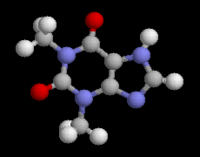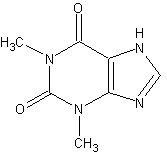To the Editor:
I wish to make a correction in the authorship of the following paper published in the AJRCCM:
Lim S, Tomita K, Carramori G, Jatakanon A, Oliver B, Keller A, Adcock I, Chung KF, Barnes PJ. Low-dose theophylline reduces eosinophilic inflammation but not exhaled nitric oxide in mild asthma (1).
The name, "Carramori G," should read "Caramori G." The correct list of authors should be: Lim S, Tomita K, Caramori G, Jatakanon A, Oliver B, Keller A, Adcock I, Chung KF, Barnes PJ.
Conflict of Interest Statement: K.F.C. does not have a financial relationship with a commercial entity that has an interest in this subject.
References
1. Lim S, Tomita K, Carramori G, Jatakanon A, Oliver B, Keller A, Adcock I, Chung KF, Barnes PJ. Low-dose theophylline reduces eosinophilic inflammation but not exhaled nitric oxide in mild asthma. Am J Respir Crit Care Med 2001;164:273-276.
KIAN FAN CHUNG
Imperial College
London, United Kingdom
Copyright American Thoracic Society Aug 1, 2004
Provided by ProQuest Information and Learning Company. All rights Reserved



